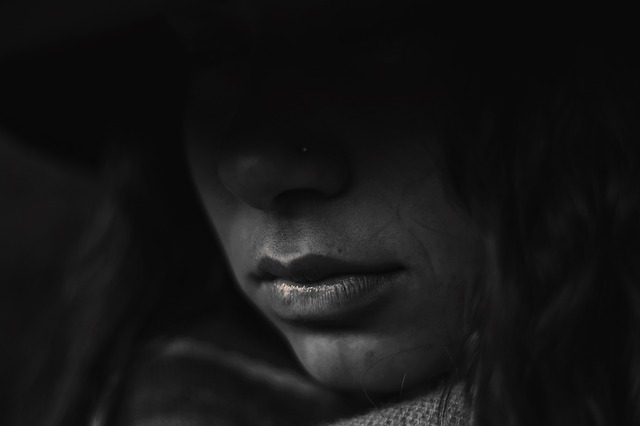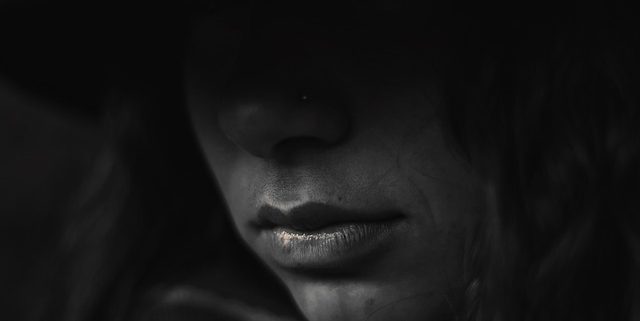Alternate disposition methods
 It is a simple question; how do I want to dispose of my body when I die? There is no easy answer. The cremation urns with our ashes will be placed in a crematorium, or we can be placed in our homes or the home of a loved one. But not all people want their ashes to be kept in a niche wall. Also, not everyone is comfortable with the thought of a dead person’s ashes placed on top of their stand, nor the idea of having a dead person’ ashes in their own home.
It is a simple question; how do I want to dispose of my body when I die? There is no easy answer. The cremation urns with our ashes will be placed in a crematorium, or we can be placed in our homes or the home of a loved one. But not all people want their ashes to be kept in a niche wall. Also, not everyone is comfortable with the thought of a dead person’s ashes placed on top of their stand, nor the idea of having a dead person’ ashes in their own home.
There are numerous disposition methods that you can choose from after the basic cremation process is done. You can choose a natural burial, which is becoming a trend nowadays. This is the result of growing interest and the quest for green burials globally. It is one way of avoiding toxic embalming for the body with formaldehyde, and it removes the high cost of caskets and even cremation.
The most amazing thing about natural burial is how it honors the environment by not putting toxic chemicals in the ground. It also saves space, and it allows the body to return to the ecosystem in nature. The cost for a natural burial is about half to one-third of a regular burial. Natural burial is available for individuals at natural cemeteries.
Another option is the mushroom suit. Jae Rhim Lee, the founder of Coeico, is the creator of the Mushroom Burial Suit. This suit is lined with special mushroom spores which are specially trained to devour dead human tissue and eventually consume the dead body. Mushrooms absorb and purify toxins by a process called mycoremediation. This purifies both the body and the soil, leaving the earth cleaner than they found it, and then distributes nutrients to the surrounding plant life. Our body can feed the earth with our remains.
The third option is Bio Urns, an organic, egg-shaped casket, suitable for a human body or ashes. It breaks down, providing nutrients to a sapling tree planted above it. A company called Capsula Mundi has created the prototype for these burial pods. People love the idea of composting their body to fertilize the seedling of a tree. It is poetic and practical, plus this avoids putting harmful chemicals in the ground.
Another option that you can consider is resomation or bio-cremation. Resomation liquefies the body with heated water and potassium hydrochloride. This process breaks it down to the basic amino acids, leaving no DNA remaining. Only the bones remain, which are then pulverized, as in a regular cremation.
The next one is called Promession. Human remains are freeze-dried and are placed in a vat of liquid nitrogen. Then a mechanical device vibrates them until they disintegrate, which is just a matter of minutes. The leftover material is freeze-dried in a vacuum chamber, which removes the water. The dry powder is then placed in an urn and returned to the family.
The sixth method is creating Eternal Reefs. Reef balls are used in more than 70 countries in creating artificial reefs and restoration in building coral reefs. PH-neutral concrete mixed with human remains diminished by cremation or Promession create these balls, which are hollow and allow a flow of water and population by marine life. This can help create a healthy and sustainable marine environment. These reefs could also be a gift, and a tribute to a loved one or friend.
Another method is Green Embalming. Civilization has used organic compounds in embalming for thousands of years. These include essential oils and resins instead of the toxic, carcinogenic method of using formaldehyde. These are nonpolluting and environmentally stable.
And lastly, you can donate your body to medical science or forensic science. Bodies are always needed in the science field.
Going through different alternate disposition methods can make you face your fears and your discomfort with the impermanence of your body, and may give you the desire to be more mindful with your death.
If you love the environment, you can contact companies about disposition methods and ask how you can be a part of the revolution of death care. You can explore your path to answer the question of disposal of your body. You can allow yourself to consider new and different possibilities in your death. There is beauty and preciousness in this impermanence.




